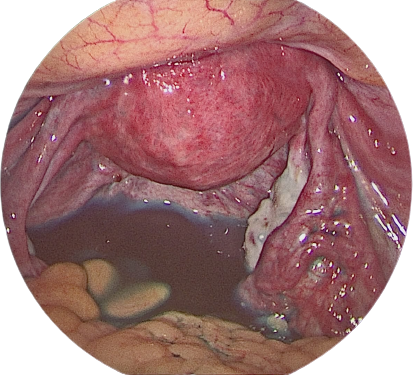Chromotubation - Procedure
In the course of investigation of a couple’s fertility, it is often necessary to find out whether the woman’s fallopian tubes are open or not.
There are several methods to do this and one of the most common ways is the procedure of laparoscopy. In addition to assessing the tubes, laparoscopy can also examine other organs of the pelvis including the uterus (womb), ovaries, and their surrounding structures.
As part of laparoscopy, a methylene blue dye solution is introduced into the uterine cavity. If the fallopian tubes are open, the dye solution will enter and drain out into the pelvic cavity through the ends of the tubes.
A tubular blockage is suspected if the fluid does not enter into the fallopian tubes or enters, but does not drain out of the fallopian tubes.

Blocked fallopian tubes can be a factor of infertility in which the fallopian tubes will not allow the egg and sperm to meet.
Chromopertubation with laparoscopy is considered the “gold standard” to evaluate tubal patency.
